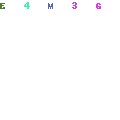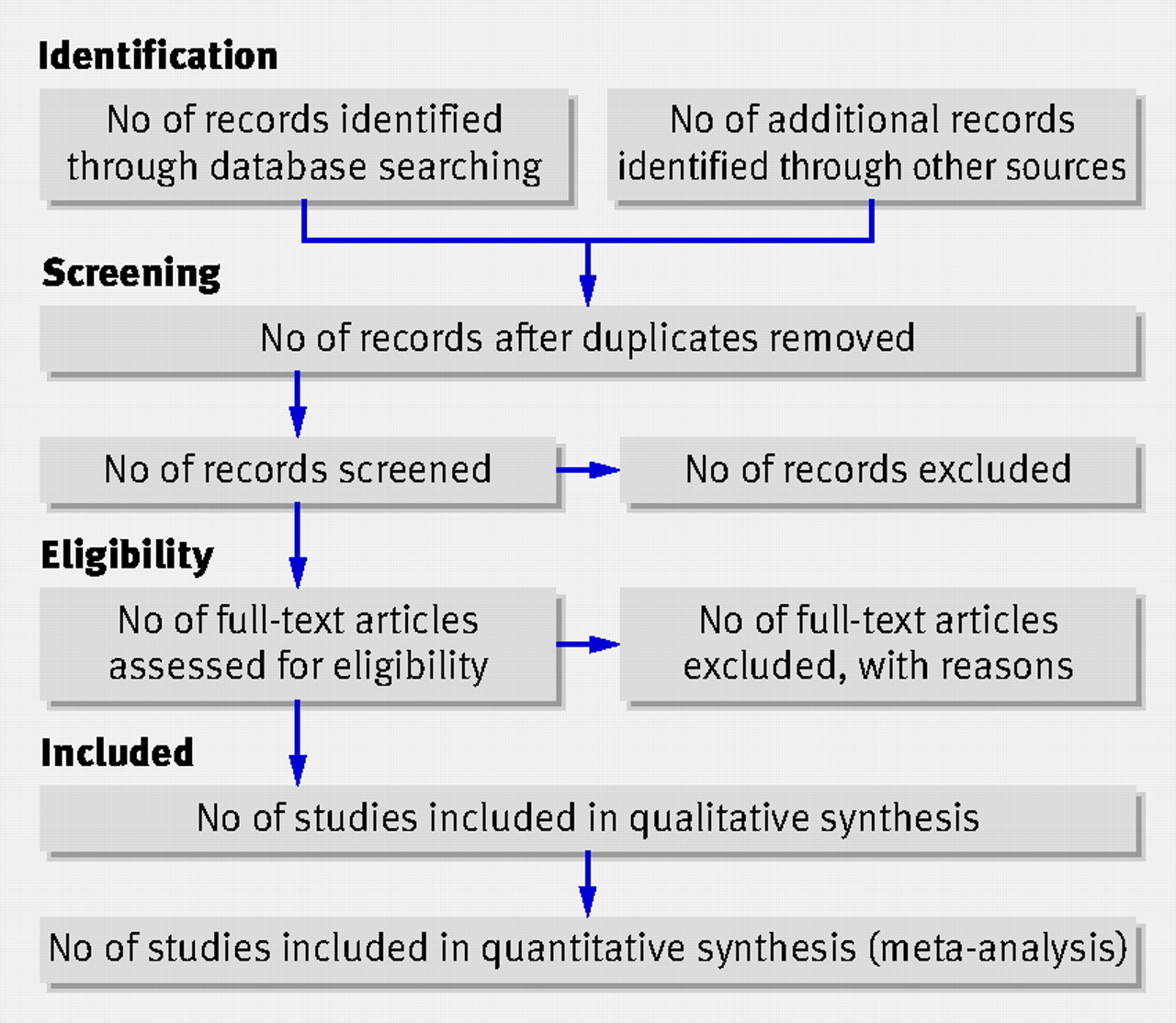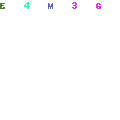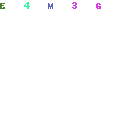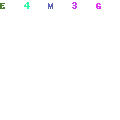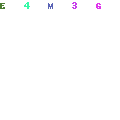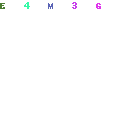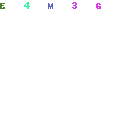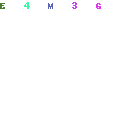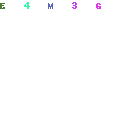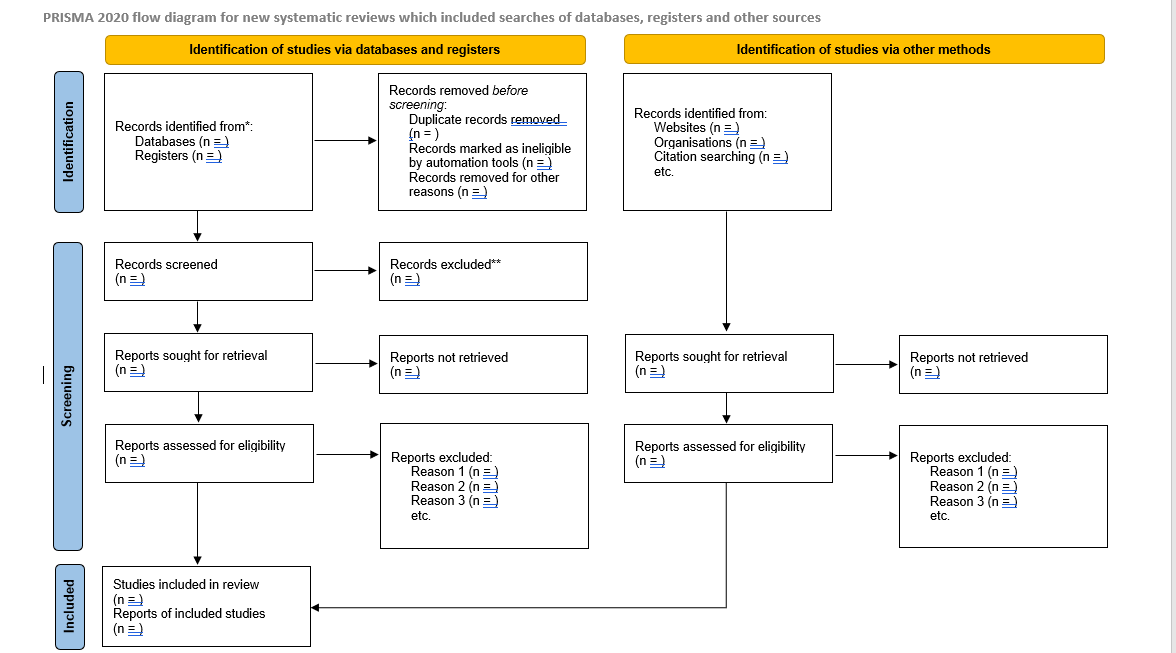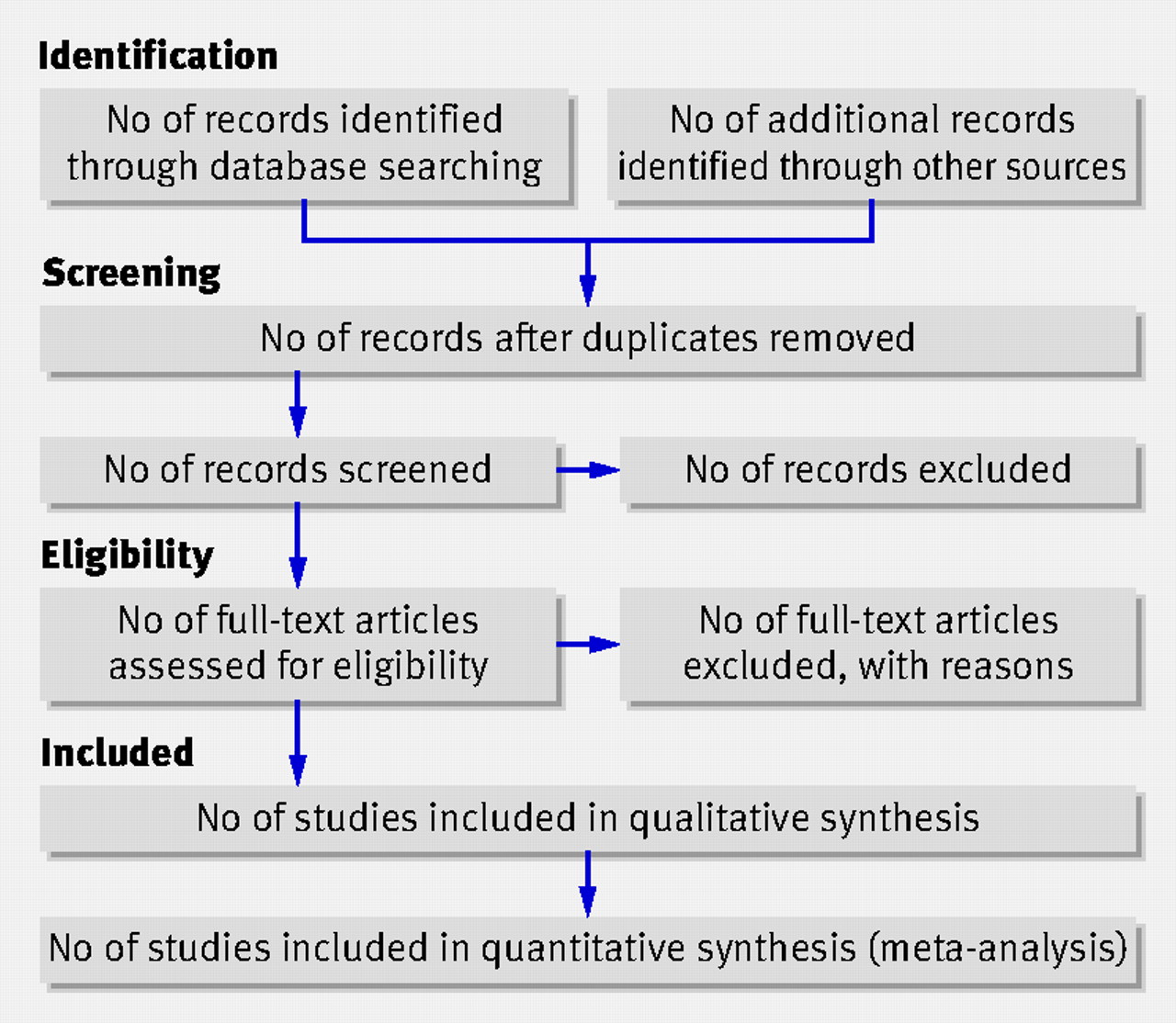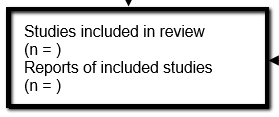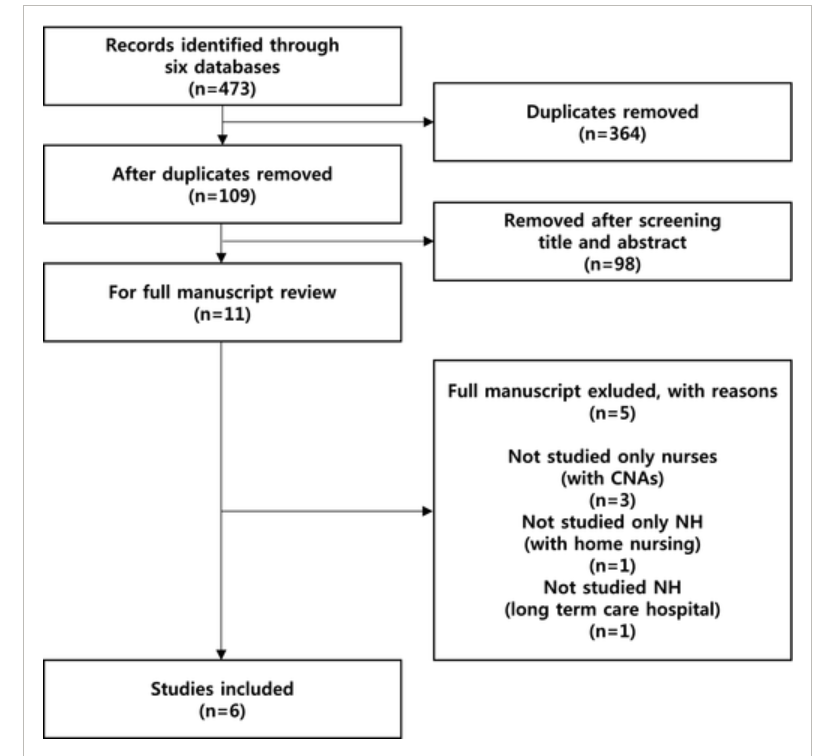Research methods Assignment help
What is Research methodology?
For any student looking for dissertation help, coming up with a suitable research method is a crucial part toward carrying out of practical research. The research method targets at justifying how the data were collected, analysed and presented to the respective readers in a way that relates to the set research objectives. As a result, various components of research such as research methods and data collection techniques are analysed critically for their reliability hinged on the research structure. Of more importance, ethical considerations of the research are outlined to make sure that it gives reliable information and reach an eligible, informative and legitimate conclusion
Table of contents
Research Methods- qualitative and quantitative
Quantitative Data Collection Methods
Qualitative Data Collection Methods
Quantitative Research Ethical Considerations
Qualitative Data Analysis Techniques
Type Of Data
For any research methodology, effective data collection is very critical. There are two possible types of data. Primary data and secondary data.
Primary data
Primary data can be obtained from interviews, surveys, observations and questionnaires which have been answered by respondents. The advantages of using primary data is that they are real time and reflects what is happening at the time that the study is conducted. Furthermore, the researcher is able to make inferences from what is observed while undertaking the study and relate it to what is understood theoretically. This makes primary data highly dependable especially in places where high level of accuracy is required.
Secondary data
Secondary data can be obtained through review of publications which have been made by other researchers or scholars. The limitation of using secondary data is that they do not present the current prevailing situations in the area of study. Data is mined from published information and there is a possibility of propergating error from the previous studies. This study will embrace the use of primary data which will be collected through interviews.
Research Methods- qualitative and quantitative
Two main types of research methods methods any dissertation; qualitative and quantitative methods. Quantitative research method is employed in collection of statistical data and therefore applies inductive philosophy. On the other hand, qualitative research method is employed in collecting secondary data by employing a deductive approach.
Qualitative Research Methods
This research method does not make use of quantitative data and information to analyse phenomenon. The research method comprises an array of interpretive techniques that aims at describing, decoding, and generating meaning of certain phenomena observed in the social world. Qualitative rresearch methods designed to help the research team understand people and the social and cultural setting that they dwell in. Some of the benefits of employing the qualitative research method include the fact that it grants the researchers a detailed description of the opinions, feelings, and experiences of the participant and can help to interpret them into actions. However, Qualitative rresearch method also faces various limitations, such as low credibility associated with the results garnered using this approach, and it is prone to bias since it takes into account the perception and opinions of the people.
Quantitative Research Methods
Quantitative research method entails deductive emphasis that comprises a very structured research method, which involves a move to data from theory as well as the implementation of controls which confirm the validation of such information. It is objective. Quantitative research method collects a very small and at times a superficial set of data as compared to the qualitative method of study. Moreover, the outcomes are limited since they provide mathematical accounts rather than detailed narrative. As a result, Quantitative research method offer a less elaborate explanation of an individual’s perception. Quantitative research method also involves preset answers that primarily do not reflect the view of individuals regarding a specific subject. This research method includes sources reliable and hard facts on a particular topic and takes into account the design and the shape of an item.
Research Philosophy
According to the research onion framework, analysis of research method starts with the outermost circle as we go insider. Therefore, we start our critical analysis of the research philosophy. The philosophy is important in this research because it analyses the key beliefs of the research. That is how the research collects, analyses and uses its data so that it is used only for the research and to come up with the appropriate information which can help in understanding the relationship between leadership and staff performance in an organization. There are two types of research philosophies that include positivism and interpretivism. Notably, these two are complete mirror of each other. While positivism is concerned with testing of the null hypothesis in quantitative research, interpretivism is more focused in interpreting narratives.
Interpretivism
The philosophy is based on the principle that researchers have a specific role which is observing the social world. The research team is required to interpret various elements within the topic being investigated in an attempt to develop a better understanding of the social constructs of the society. Therefore, interpretivism philosophy tends to integrate human interest into the research. The interpretive researchers assume that access to reality, which can either be given or socially constructed, is only through social constructions such as shared meaning, instruments, consciousness, and language. The philosophy is more inclined towards qualitative as compared to quantitative analysis since it is based on the perception of the participants.
Positivism
This concept informs the study by answering questions related to perceptions, attitude, opinions and ideas about the studied phenomenon, that is a bonus as a motivation factor. Positivism philosophy is based on the idea that science is the best way to learn the truth. Positivism, therefore, adheres to the view that factual information can be obtained through observation or measurement. The researcher needs to concentrate on the facts by collecting, analyzing and interpreting the data. Additionally, positivism as a philosophy view that knowledge stems from human experience that comprises discrete and observable elements that can be determined in a regular manner . This concept further relies on existing theory to develop a hypothesis to be studied. The positivist philosophy will, therefore, help in explaining the effect of bonuses on managers which can help in making a prediction.
The positivism approach is designed to gather information in inform of numeric data, thus rely on logic and does not rely on the bias interpretation of the researcher.This fits well with the current study since data concerning the effect of bonuses on minor managers will be collected using a structured questionnaire. The quantitative design in the positivist approach helps in collecting data that are more precise and objective, thus can be easily analyzed using statistical tools. Positivism relies on scientific evidence of research like statistics to reveal the nature of relationship between variables under study.
Critics of positivism approach to scientific research methods have argued that the methodology is not valid because it is not scientific. Although the arguments have been made, researchers have found this philosophy to be very important in conducting research in social sciences that involve physical or natural phenomena. Others reason that positivists approach is not suitable for conducting studies in physical sciences and should be restricted to social sciences with others still insisting that there are many un research areas in the philosophy and once studied can be able to lead to further revelations.
Research Methods Approach
The deductive and inductive processes are the most common research method approaches with the former used in quantitative research methods and the inactive approach in qualitative research method. Gathering facts becomes the basis for developing a theory, description or making laws to explain a phenomenon making laws in the inductive research approach. The choice of research approach depends on the aim of research since the observation and measurement can be used when there is either objectivity or subjectivity.
Inductive
The inductive process helps researchers to integrate information necessary to explain and expound on the phenomena under observation as well as clarify. Since the inductive research approach is mostly used when there is rich and in-depth information, it is useful to develop generalizations from specific observations in the research. While the inductive inferences are weaker than deductive inferences and probable, they offer plausible explanations. The case for the inductive approach is that there is focus on with evidence, which helps to build theories, offer explanations, and interpretations of phenomena. The empirical observation is also useful in developing of concepts, constructs, relationship and generalizations. Describing, analyzing, interpreting, and documenting the evidence helps to obtain general conclusions from the premises. The observation of facts, their classification and analysis of these facts were considered in the inductive approach that starts from the facts and allowed to develop a generalization.
Deductive approach
The deductive approach is the proposed research design for the study. The method is usually associated with scientific investigations. It starts with the research team studying what has already been covered in the existing literature when it comes to the topic being investigated, then they read the existing theories relating to the phenomenon and then tests the hypotheses that are created from these theories (Woiceshyn & Daellenbach, 2018). Therefore, the primary intention of the approach is to determine whether a given idea or hypothesis is valid in a given circumstance.
Quantitative Data Collection Methods
- Survey research method
- correlational research method
- experimental research method
- causal-comparative research method
Qualitative Data Collection Methods
Case Study
Case studies are in-depth research methods about individual groups or certain phenomena in natural, real-life contexts. Following the previous description of case studies, it is evident that case studies in research are the most reliable research methods to release both practical and theoretical aims. Case studies provide a high level of flexibility towards investigative research objectives following diversity in study designs. Researchers adopt case studies fundamentally to analyze and solve related business questions, especially in educational research studies.
Interviews
Interviews are defined as the recorded conversations between two or more individuals. During an interview session, one individual (the interviewer) asks questions about a particular topic, while the other person (the interviewee) provides reposes to the questions. There are different research methods of conducting interviews; through structured and semi-structured interviews.
The advantage of adopting this approach is that I have total control over the order of questions and have a better response rate than mailed interviews. Nevertheless, interviews for this research will be challenging because the entire process is time-consuming, especially when trying to identify and find volunteers for the interviews. Also, informing the interviewees about the possible topics before the study can cause errors in the research. This is because the previous description of the potential discussion topics gave them ample time to think about what to say and how to answer the questions, therefore aid in the production of inconclusive results and findings.
Focus Groups
Focus groups are forms of qualitative research method whereby individuals are asked about their perceptions, opinions, beliefs, and attitudes towards a particular subject. Focus groups will be used in the study because they help derive first-hand information about student experiences using translation apps. The use of focus groups gives room for group interaction through open-ended questions and non-verbal communication, which will be a massive advantage during the study.
Observation
One of the data collections research methods that is intended to be employed in the research is observation. It entails garnering the required information from the respondents through making observations of the researched phenomenon as it happens. Some of the aspects that the technique mainly focuses on include human behavior, the application of a given phenomenon, human interactions, and verbal and non-verbal expressions. The data collection research method can be categorized under participatory study since the researcher is required to immerse himself in the context whereby the respondents are situated while recording and taking notes. Some of the advantages of employing the technique include it is a simpler data collection research method, and it tends to give more reliable information as compared to other techniques such as questionnaires or interviews. Some of the limitations these data collection research method include that some of the phenomena are not open for observation, faulty perception, and lack of reliability.
Focus groups
Another proposed data collection research method is focus groups. A focus group refers to the data collection research method that involves group interactions as a way of collecting the required information. The groups consist of a small number of people who are carefully selected to discuss a specific topic. The main reason for employing this data collection research method is since it will help in identifying and exploring the perceptions of the students and how they behave in relation to the application of the Language Translation Apps within the institutions. It will help in answering the why, what, and how questions relating to the topic being studied. The Focus groups will act as a supplementary data collection research method to validate the information garnered through observation.
Systematic analysis
A systematic literature review is an analysis of previous research. To address a particular research issue, it makes an effort to compile all available data on the subject. Before beginning the systematic literature review, the authors develop criteria for choosing whether evidence is included or rejected. By doing so, the possibility of bias is decreased and the validity of the results is increased.
Systematic literature review evaluations ought to:
• Explicitly define objectives and use a predictable technique;
• use a thorough systematic literature review approach to try to find all studies that satisfy the requirements;
• evaluate the veracity of the outcomes of the studies that were included in the systematic literature review;
• systematic literature review ought to summarize the findings of the research.
Quantitative Research Ethical Considerations
Ensuring data gathered is safeguarded is critical whenever research is conducted. The procedure of safeguarding this information is what entails ethics in research. Among the ethical issues considered in safeguarding gathered information is achieving and maintaining honesty. Additional factors need to be put in place to achieve ethical issues comprise of aspects like participant discretion. Establishing participant anonymity and maintaining the same is essential in information gathering since it allows for minimizing potential issues that potentially result in primary and secondary data defaming. Towards enhancing confidentiality, that of every personal detail of the participants, as well as that of the researcher, the researcher has to guarantee anonymity. In addition, the participants were informed concerning their consent before participating. Informing participants was equally important since it allowed them to comprehend related risks that had the possibility of being involved within the research. Lastly, all crucial approvals and licenses was sought and any fee required was given out before the onset of this research. Seeking approval facilitated in the researcher the essential justification for the need of the study and ensured the appropriate research protocols were adhered when carrying out the research
Qualitative Data Analysis Technique
Thematic analysis
A thematic analysis will be used to analyze data from the interviews. Thematic analysis is the qualitative research method of data analysis whereby the data collected to identify common themes, topics, ideas and patterns. Through data elucidations, identification of the regularly repeated words and phrases from the Interviews and then analyze each transcript from the interviews independently. The participants’ world views from the semi-structured interviews will make sense when used to strategically develop informative relationships with interview transcripts and. Thereafter, the development of themes from the transcripts will follow after, then identify differences and contradictions in those themes. I chose this data analysis technique because it is flexible and can be modified for other further studies. Besides, thematic analysis is easy to use than other data analysis strategies. However, the strategy lacks substantial literature compared to strategies such as ethnography and grounded theories. Although this is a flexible data analysis strategy, it has been proven that this flexibility can result in inconsistency during theme development.
Constant analysis
Constant comparison is a focus group analysis strategy used to analyze focus groups interviews data by interpreting information collected and comparing it with existing findings on the topic. At first, the researcher will conduct an open coding where he will combine all information into smaller chunks. Then, group these codes into different categories and finally identify major identifiable themes from focus groups. I will proceed with this strategy because it ensures that I will begin with using raw data through which a substantive theory will develop to analyze data. However, the use of this data analysis is that is time-consuming because data needed to be transcribed and grouped before being analyzed.
Narrative analysis
Narrative analysis is the proposed data analysis technique that will be employed to deduct conclusions from the information garnered. The method entails listening to the people’s explanations and digging into what that implies. Through listening to people’s insights and observing as they conduct their daily activities, a researcher can be able to understand the ways in which the participants perceive reality and cope with it. This technique is appropriate for application in academic literature since it helps in assessing the perception of the participants in relation to a given topic which enhances the application of the subjective method in research.

